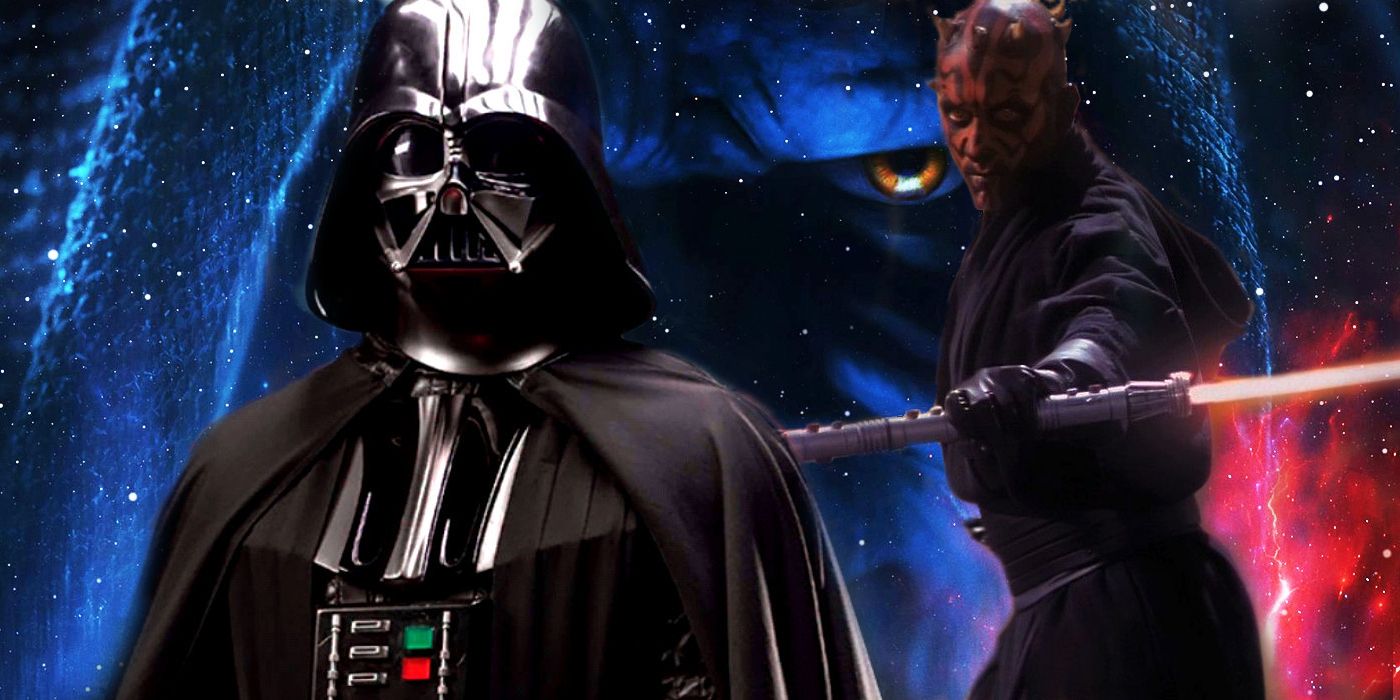Star Wars has once again retconned the Sith Rule of Two. As seen in Star Wars: Episode I - The Phantom Menace, Master Yoda was deeply troubled when he learned Qui-Gon Jinn and Obi-Wan Kenobi had encountered a Sith. "Always two there are," the diminutive Jedi Master observed. "No more, no less. A master and an apprentice." It was eventually revealed the Rule of Two had been imposed by Darth Bane a thousand years ago, because he realized a multitude of Sith inevitably led to in-fighting. Thus, Darth Bane implemented the Rule of Two, which commands that there could only ever be a Sith Master and their apprentice: one to crave power, the other to wield it.
Unfortunately, Star Wars: The Rise of Skywalker appeared to contradict this. It revealed a secret Sith world called Exegol, lost for millennia in the depths of the Unknown Regions, apparently a site of a major Sith cult that followed the Emperor. Star Wars explained this by retconning the Rule of Two, with the junior novelization of Star Wars: The Rise of Skywalker neatly reinterpreting it. Leafing through one of her ancient Jedi texts, Rey red an account of the difference between the Sith and the Jedi; "The Prime is one, but the Jedi are many," it read. "The Sith were Many but often emerge Ruled by Two." It was a smart retcon, preserving the heart of the Rule of Two while explaining why there were legions of Sith acolytes and stormtroopers. This even fit with the fact Darth Vader and Palpatine were referred to as "Lords of the Sith." Surprisingly, though, it seems Lucasfilm is backing away from this idea.
Lucasfilm has recently published Secrets of the Sith, a book that purports to be written by Emperor Palpatine himself and returns to the traditional interpretation of the Rule of Two. What's more, the book suggests the text of the Rule of Two is deliberately adapted from the Prophecy of the Dyad, which tells of how two Force users can come together in a Dyad that is stronger than life itself. Presumably every Master attempted to fashion a Dyad with their apprentice, but the Sith were unable to create a Dyad, because they come about only by the will of the Force, and they seem to require both aspects of the Force: light and dark.
This comes close to restoring the old status quo, but, ironically, it also raises the same thorny problem: if there really are only ever two Sith, how can there by a vast army of acolytes on Exegol? Secrets of the Sith provides an alternative solution to this, suggesting the Emperor had himself sent his most loyal followers to Exegol. With that being the case, it is significant the Emperor called them the Sith Eternal, as he considered himself to be the culmination of the Sith, the embodiment of everything they had ever stood for, the fulfilment of their goal to rule the galaxy. He tasked them with figuring out how to use the dark side to resurrect him. Star Wars' Exegol is a vergence in the Force, a place where the veil between life and death is unusually thin, and the Sith Eternal's goal was to ensure their master conquered death and could be brought back.
It's true this doesn't exactly align with the Sith Rule of Two, but it's worth noting the Emperor long played fast and loose with that idea. Because he considered himself the fulfilment of the Sith, he viewed even their most cherished ideas as simply tools to assure his own ascension to power. Tie-ins have even suggested Palpatine began training Count Dooku before Darth Maul was killed in the Battle of Naboo, suggesting he really didn't care all too much about the details of the Rule of Two. Little wonder one Star Wars comic saw Darth Vader react to Palpatine's quest for immortality as "heresy."


